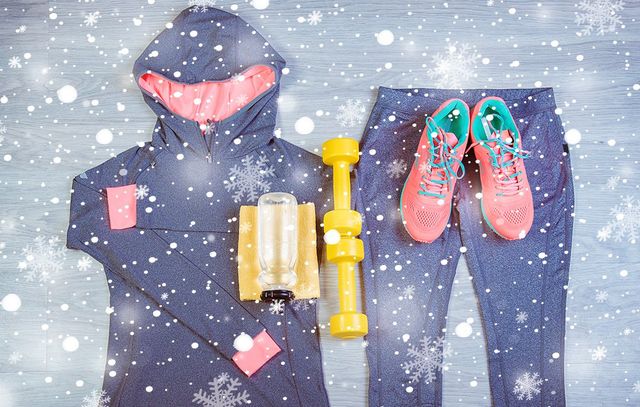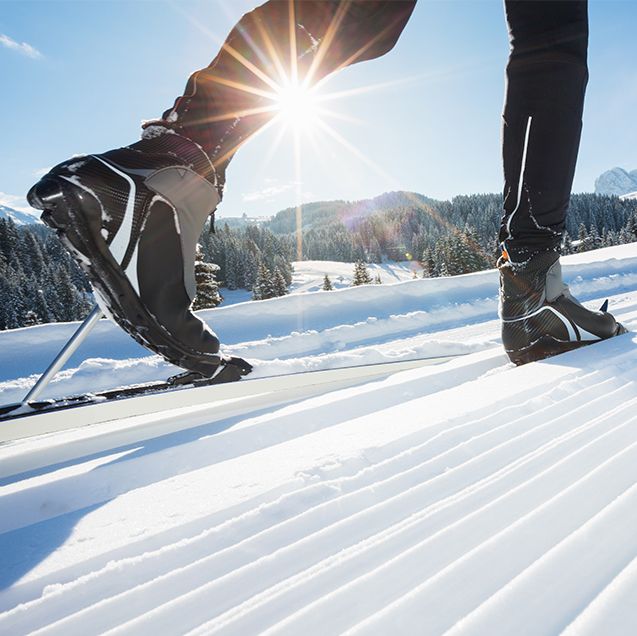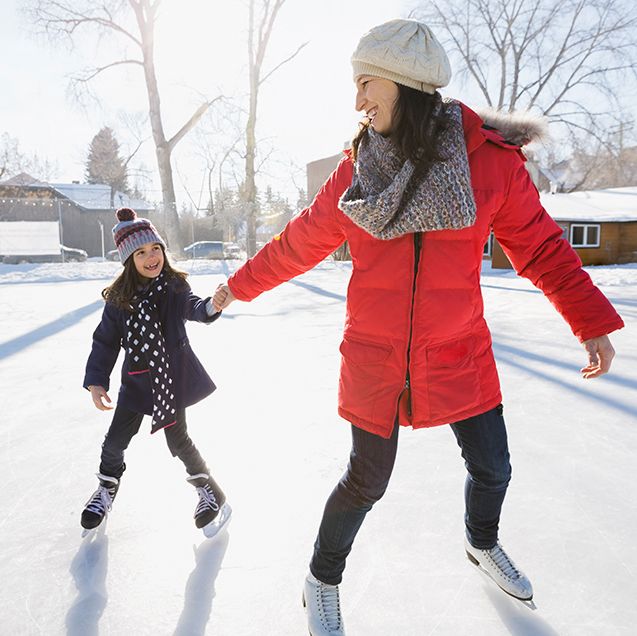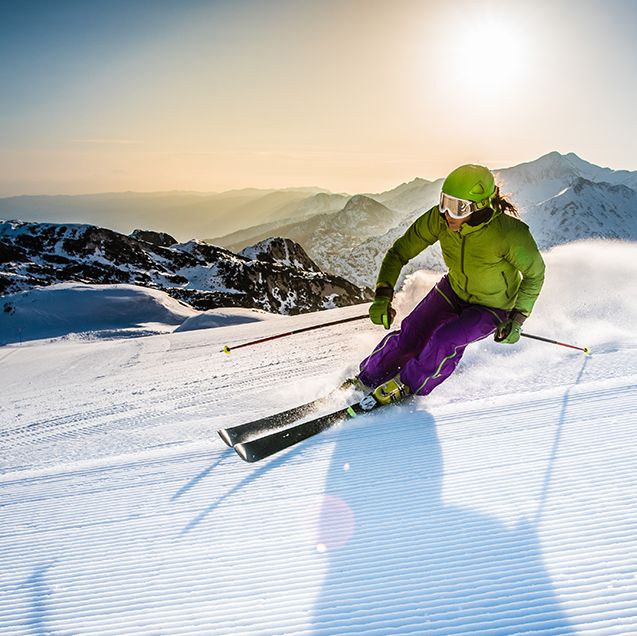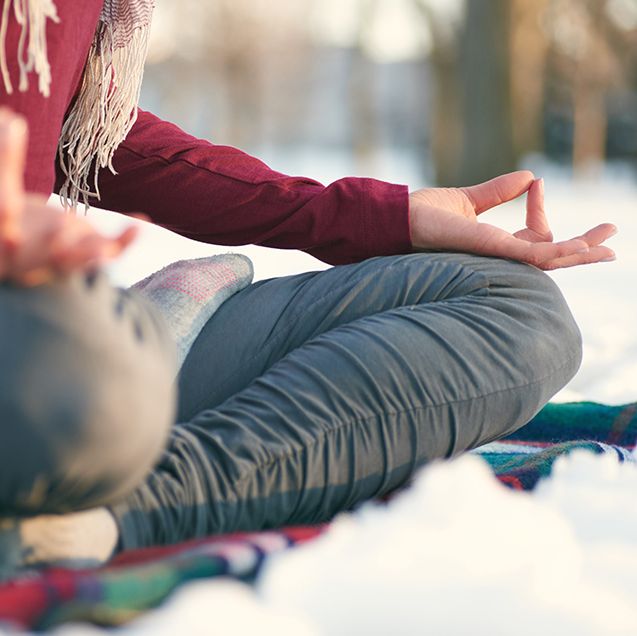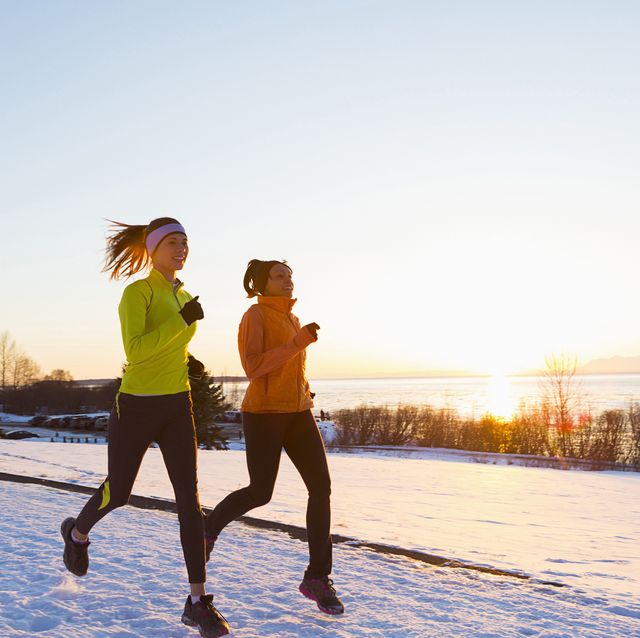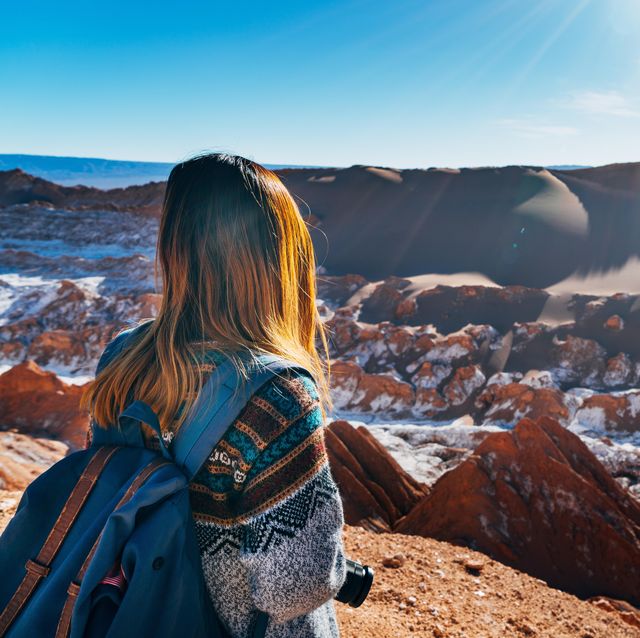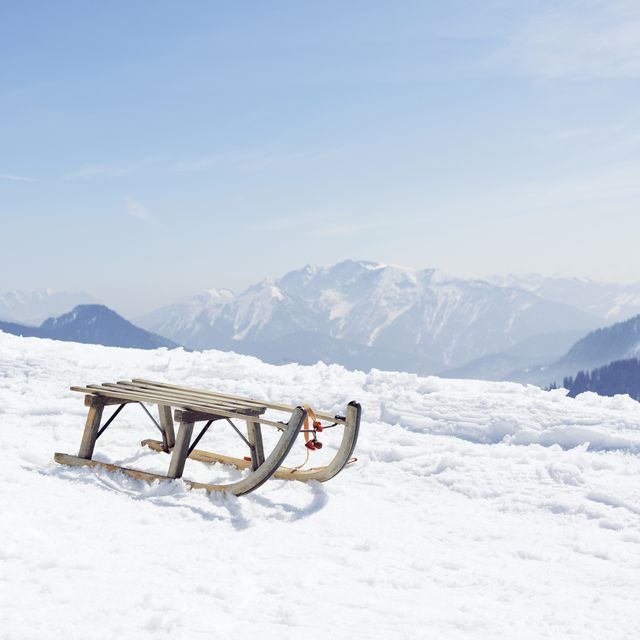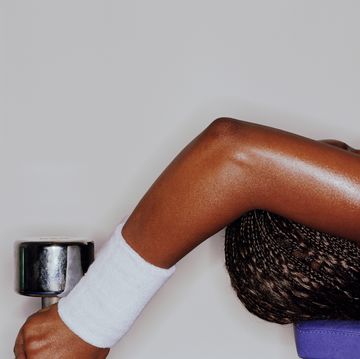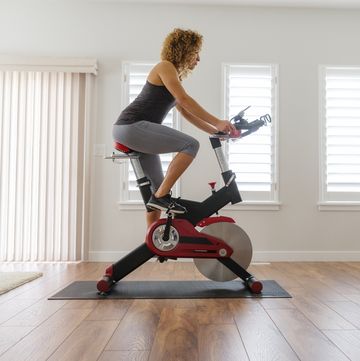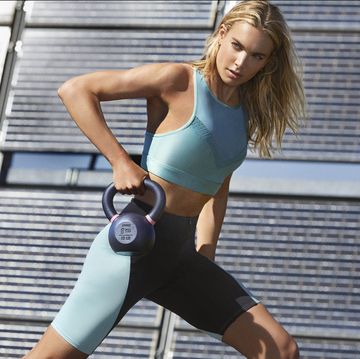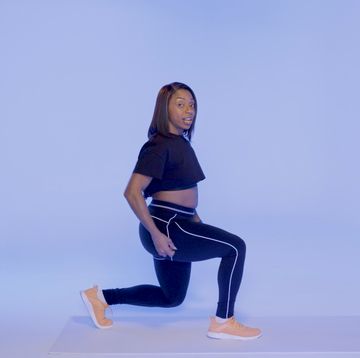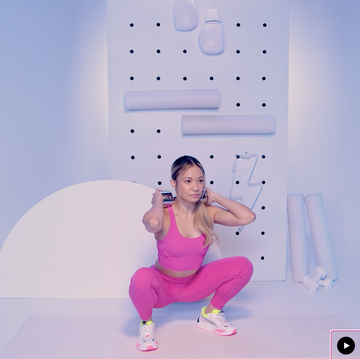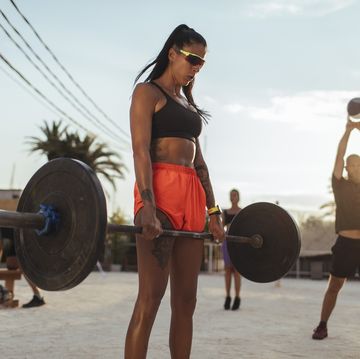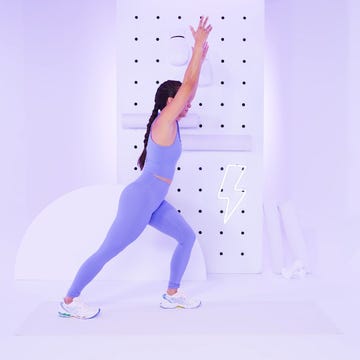Truthfully, it's not that hard to get your ass off your couch to jog when it's 75 degrees and sunny outside.But when it's 35 degrees, cloudy—and windy? Oh hell no.
Before you settle in for a long winter of boring treadmill runs (or, you know, not running at all...), consider trading your go-to outdoor workouts for these winter activities that burns mega calories and rev your endorphins just as much as your usual warm-weather routines.
(FYI: Calorie burn is estimated for a 125-pound person and a 185-pound person, according to guidelines from the American College of Sports Medicine.)
Cross-Country Skiing
“Cross-country skiing recruits your legs, quads, and glutes," says Wayne Westcott, Ph.D., C.S.C.S., professor of exercise science at Quincy College in Quincy, Massachusetts. "And because you’re pushing off the ground with each step, you’re using the abductors on your outer thighs, too, which you wouldn’t work running or riding a bike. You’re also working your shoulders, triceps, biceps, and upper back by using the poles to help you propel forward.”
You can’t forget the core muscles, too. The one-pole-with-opposite-leg movement forces a constant twisting motion, working the obliques. At a high-intensity, you can burn 750 to 1,050 calories per hour, with this sport.
Uphill Skiing (Or Skinning)
Yep, skiing UP the hill is a thing people actually do. When skinning, expect to fire up the hamstrings, glutes, and quads with each step. Your triceps, upper arms, shoulders, and upper back will also get a workout because you're using the poles. “You also have to maintain your posture, so your core and lower back will be working, too,” says Westcott. This vigorous outdoor activity burns 750 to 1,080 calories per hour.
Ice Skating
You can’t deny it—ice skaters have insanely great glutes. “When you ice skate, your power comes from glutes,” says Noam Tamir, C.S.C.S., founder of TS Fitness in New York City. “Each time you push off one foot, you go into hip extension and the glutes are the main driver there." He says you also work the adductors and abductors in your legs, "which are very important during the propulsion of the movement, as your legs move away from and then return to the center of your body.”
Posture is crucial when skating, as well. In order to maintain an upright position, you need to work your core and use your obliques and the muscles in your lower back for rotation. Tamir also notes that you can burn 800 to 1,200 calories per hour with this seemingly effortless exercise.
Snowshoeing
Watch out hip flexors—this winter sport is for you. With each step you take snowshoeing, you’ll be working against the resistance from the snow to pull your foot up, working not only your hip flexors, but also your iliacus and psoas muscles in the hip, explains Westcott.
“Because snowshoes are wider than normal shoes, your stance will naturally be a bit wider, so you’ll also be firing up your thighs a lot,” he says. “This is particularly a lower-body exercise that works the hips, glutes, hamstrings, and quads.” At a high intensity, you'll likely burn 570 to 840 calories per hour. And even if you’re just walking, the snowshoes up the challenge, and can help you clock in at 300 to 450 cals an hour.
Snowboarding
Since you’re not holding poles here, the main work you’re doing with your arms while snowboarding is holding them out to the sides. Still, you can burn 300 to 450 calories per hour shredding the gnar. Snowboarding is also great for working the lower body and core muscles.
“Since shifting of weight is important with this sport, your core—especially the obliques—are used to rotate the torso and stabilize the lower body,” explains Tamir. “You’ll also be using your feet, glutes and hips in order to turn and cut to make your line down the mountain.”
Skiing
It only takes one look at Lindsey Vonn to know skiers need to have strong legs. Skiing depends on your inner thighs, hips, and outer thighs to help move you the direction you want to go. And because your knees are bent when you’re on skis, your quads are constantly activated, explains Tamir.
Plus, “feet are important and always moving when you’re skiing, but they get a lot of direction from the muscles in your shins and calves,” explains Wescott. “And with each 180-degree turn down the mountain, you’ll get tremendous work through your obliques and torso.” If you're truly speeding downhill, you can burn as much as 450 to 670 calories per hour.
Snow-ga
We’re not saying it’s the best idea to go out and do yoga in the freezing cold, but it does make for a great photo (just check #snowga on Instagram for proof!). And if you’re dressed appropriately, why not?
“The activity that burns the most calories passively is shivering," explains Westcott. "So you’d be burning extra calories just to keep warm, plus your body isn’t losing water sweating, so it actually makes sense.”
A power yoga class can burn 226-335 calories per hour. And, depending on how intense a flow you’re doing, you’ll be working your entire body including the legs, core, and arms, back, and shoulders.
These chilly classes are offered around the country, at places like Stowe Mountain Lodge in Vermont and Finger Lakes Yogascapes in New York. You can also check your local yoga studios for outdoor offerings in the winter.
Trail Running
Your long outdoor runs don't have to stop just because there's a little snow on the ground. Running is a fantastic way to rev your heart any time of year—it torches 566 to 839 calories per hour.
If you're running in snowy conditions, just be sure to invest in some warmer running clothes (an insulated jacket, thermal leggings, etc.) and a pair of solid winter running shoes. You'll want to look for a running shoe with features like GORE-TEX (for waterproofing), heat technology, and even spikes if you're dealing with really snowy terrain. No matter what, make sure the bottom of your shoe offers some serious traction. (Check out the best winter running shoes of 2018.)
Scenic Hike or Walk
A brisk stroll can be a great way to enjoy nature even when its, well, brisk outside. Walking at a fast enough pace to get your heart rate up can be just as effective as going for a run. Plus, it burns 300 to 450 calories per hour.
Not to mention, in the winter, a walk can do wonders for your mental health, too. Since snowy seasons often mean staying indoors, incorporating some extra walking time in your week can boost your vitamin D levels and even help stave off seasonal affective disorder (SAD).
Go Sledding
You may have fond memories of going sledding as a kid, but who says you have to turn in your sled during adulthood? Even more compelling: All that trudging up and down a hill in the snow can actually burn around 400 to 600 calories per hour. It's a great cardio and leg workout, plus you need to engage your obliques and arms to help you steer as you go down the hill.

Amy Schlinger is a health and fitness writer and editor based in New York City whose work has appeared in Men’s Health, Women’s Health, The New York Post, Self, Shape, Cosmopolitan, Glamour, and more; The National Academy for Sports Medicine Certified Personal Trainer (NASM-CPT) is extremely passionate about healthy living and can often be found strength training at the gym when she isn’t interviewing trainers, doctors, medical professionals, nutritionists, or pro athletes for stories.
